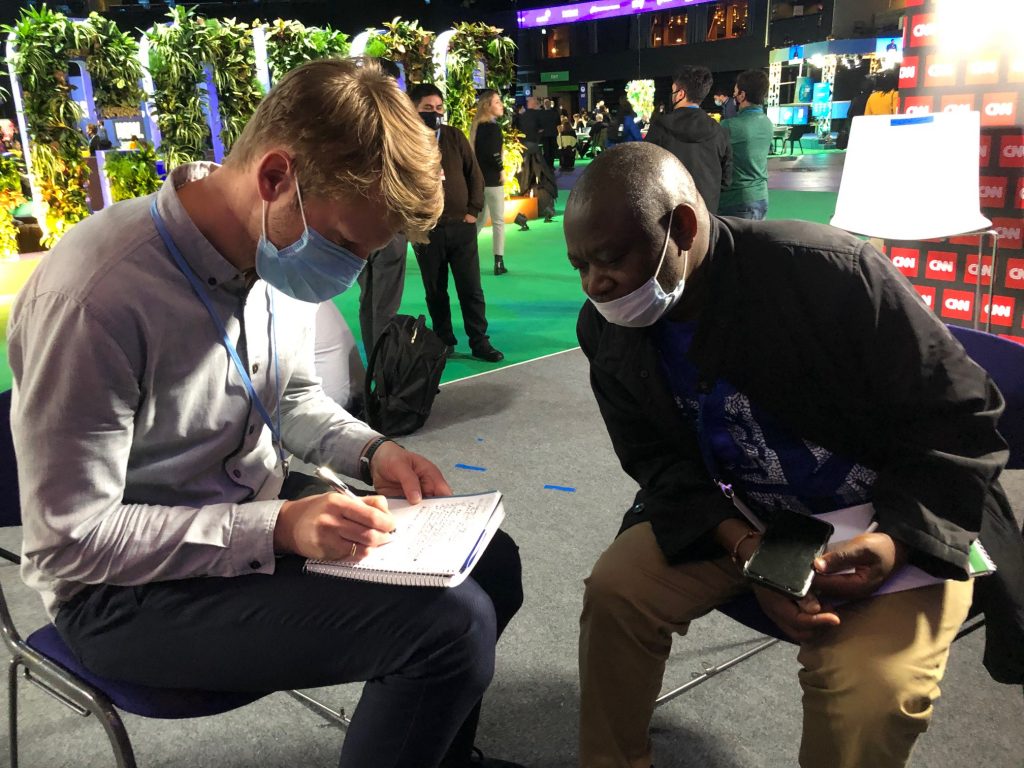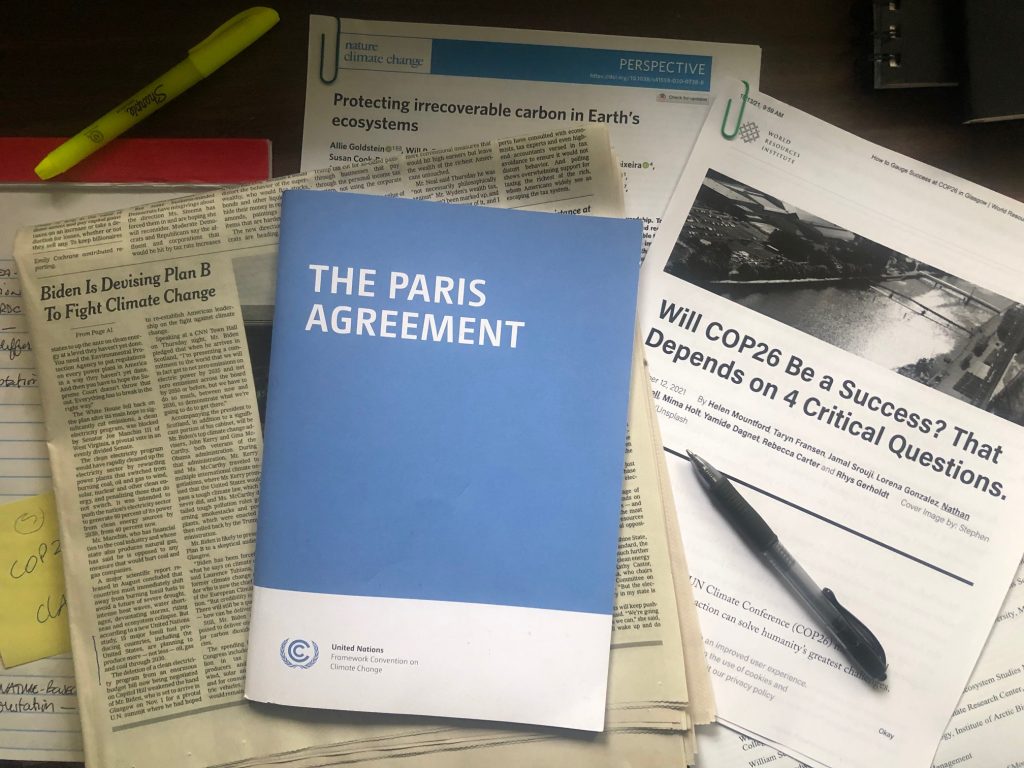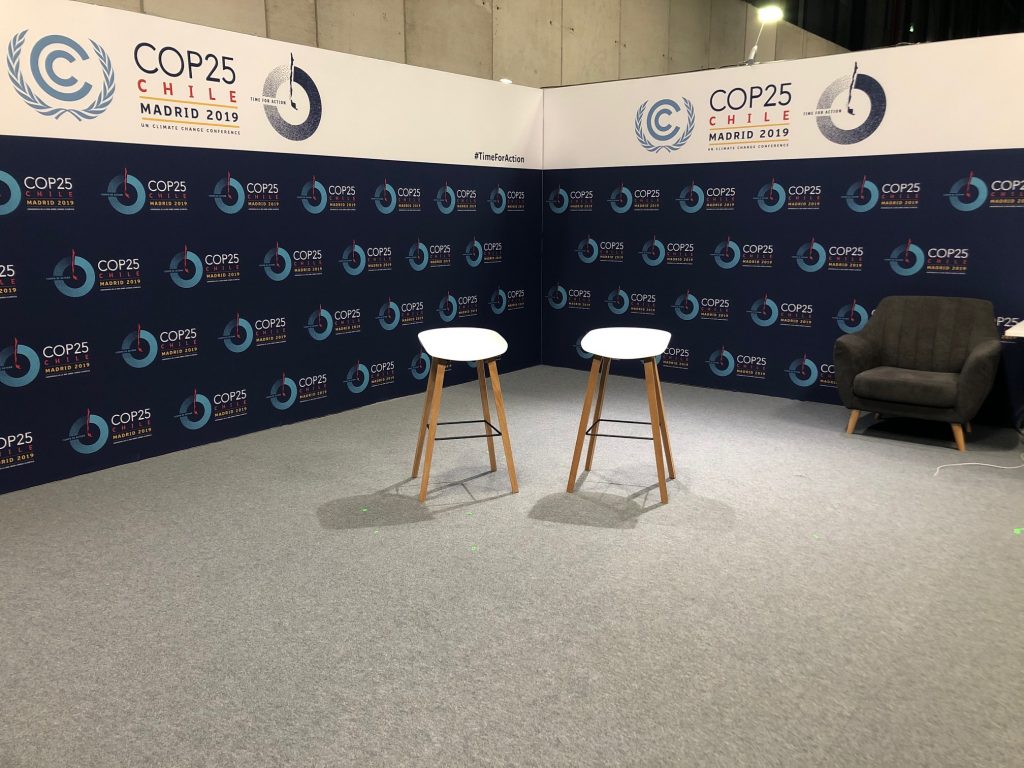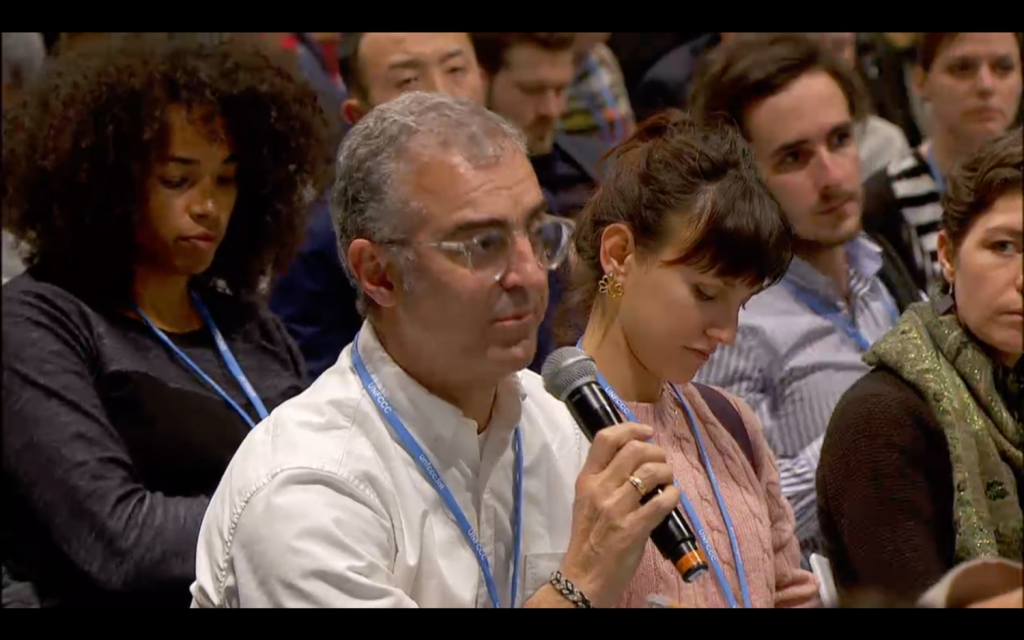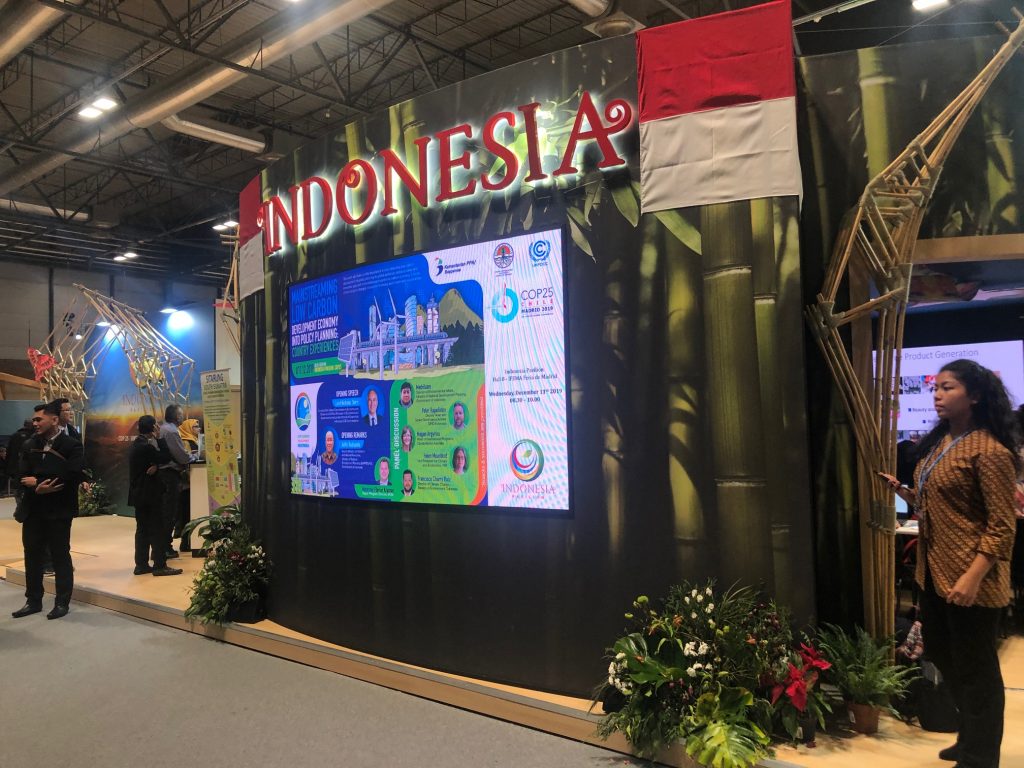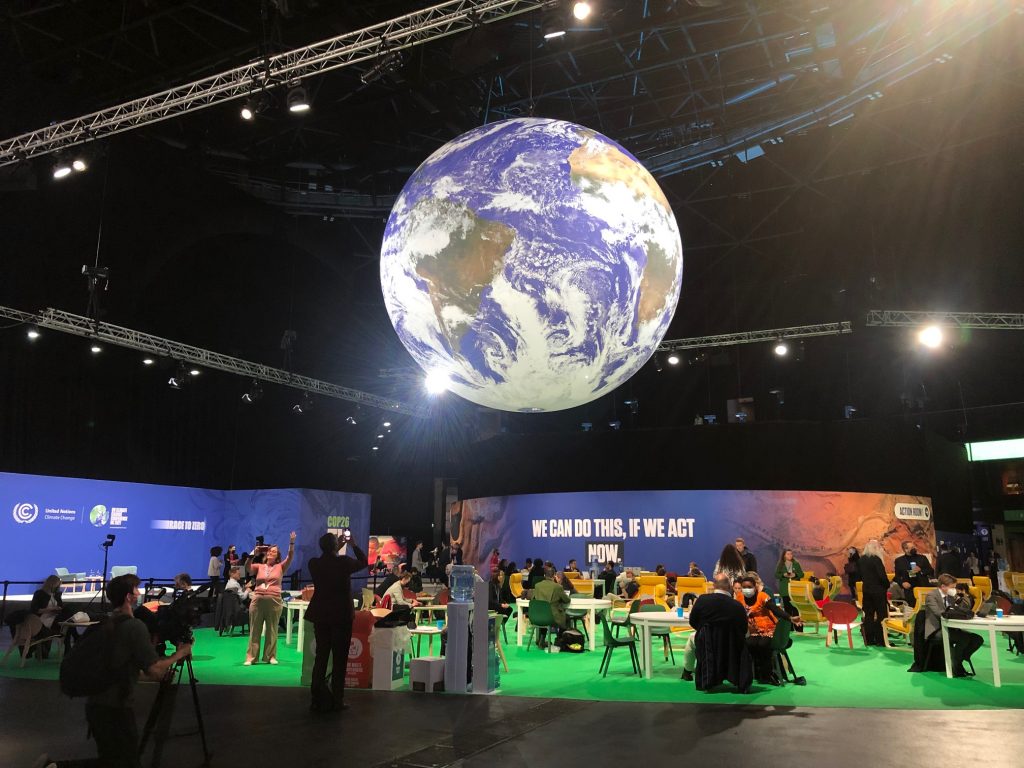
There has long been a general sense that the voluntary, nonbinding nature of the Paris Agreement was a fatal flaw, a way for major polluters to sign their names to carbon-reduction pledges they had no intention of ever honoring.
Well, maybe. Maybe not.
In a story here that fell into my lap and which my ever-skeptical editor Glenn Schererurged me to pursue, I learned that the new frontier in climate action isn’t in pledges and promises, but in litigation. Just ask Royal Dutch Shell, a corporate giant in The Netherlands which a national court ruled was not doing enough to reduce its own carbon footprint, thus keeping the country from meeting its own reduction targets under Paris. Promises, meet legal enforcement. Shell is not a signatory of Paris, but was successfully held liable just the same, as my story explains.
This story focuses on a couple of attorneys who were active and visible during this climate summit, one of whom reminded me of a male, eco-crusading Erin Brockovich. Wake Forest law school professor John Knox, my colleague and an expert in international climate litigation, verified what I was learning in Glasgow, as did a lead attorney with the Center for Biological Diversity, in which my sister-in-law Stephanie Parent, an Oregon-based environmental attorney herself, put me in touch.




